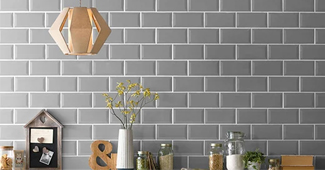How to Paint a Boat
There are several reasons why someone may want to learn how to paint their boat:
- Protection: Painting a boat can protect the surface from the harsh marine environment and extend the life of the boat. The paint acts as a barrier against saltwater, UV rays, and other environmental factors that can cause damage to the boat over time.
- Aesthetics: Painting a boat can give it a new look and improve its overall appearance. This can be especially beneficial if the boat is older or has faded or chipped paint.
- Maintenance: Painting a boat can also be a part of regular maintenance, as it can help to seal and protect the surface from further damage. It is a good way to keep the boat in good condition and prolong its lifespan.
- Value: Painting a boat can also increase its value. A well-maintained and freshly painted boat will be more appealing to potential buyers, and can increase its resale value.
- Personalisation: Lastly, painting a boat can be a way for an owner to personalize and make it unique. It can be a creative process and give the boat a unique style.
The Required Steps – Lets Get Started
Painting a boat requires a few specific steps to ensure the paint adheres well and stands up to the marine environment. Here is an overview of the process:
- Clean the boat thoroughly to remove any dirt, grease, or oil. A degreaser or TSP (trisodium phosphate) solution can be used to remove stubborn stains. Sand the surface with a fine-grit sandpaper to remove any oxidation. This also creates a smooth surface for the paint to adhere to.
- Repair any cracks or damage to the boat’s surface. Fill any holes or cracks with epoxy filler, and then sand the surface smooth.
- Apply a marine primer to the surface to help the paint adhere better. Follow the manufacturer’s instructions for drying time.
- Choose a paint that is suitable for marine use and has good durability. Epoxy or polyurethane paints are commonly used for boats.
- Apply the paint using a roller or brush, following the manufacturer’s instructions. Allow the paint to dry completely before applying a second coat, if necessary.
- Apply a clear coat of marine varnish to protect the paint and give it a glossy finish.
The above steps are general and depend on the condition of the surface of your boat. You may need to take additional preparation steps. It is always best to do a small test patch before starting the whole process. This will check the compatibility of the paint with the boat’s surface. Also, make sure to work in a well-ventilated area or use a respirator to avoid inhaling paint fumes.
















